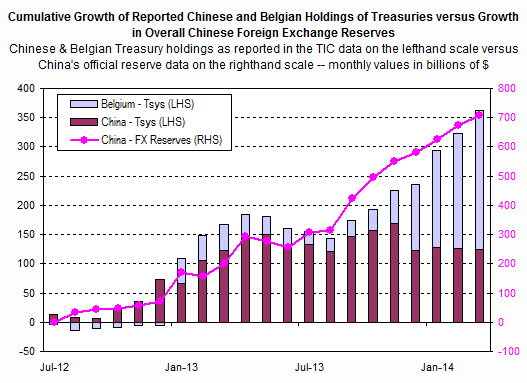We are now headed for a full-blown trade war. Donald Trump may have highlighted the issue but this is not a conflict between him and Xi — it should have been addressed years ago — nor even between China and the West. Accusations of racism are misguided. This is a conflict between totalitarianism and the rule of law. Between the CCP (with Putin, Erdogan, and the Ayatollahs in their corner) and Western democracy.
Australia will be forced to take sides. China may be Australia’s largest trading partner but the US & UK are it’s ideological partners. I cannot see the remotest possibility of Australia selling out its principles for profits, no matter how tempting the short-term rewards (or threatened hardships). We have a proud history of standing up against oppression and exploitation.
Disruptions to supply chains and supply contracts in the US (and China) are going to be significant and are likely to impact on earnings. The S&P 500 reaction is so far muted, with retracement testing medium-term support at 2800. There is also no indication of selling pressure on the Trend Index. Nevertheless, a breach of 2800 is likely and would warn of a test of primary support at 2400.

Falling Treasury yields highlight the outflow from equities and into bonds. Stock buybacks are becoming the primary inflow into stocks.

However, corporate bond spreads — lowest investment grade (Baa) yields minus the equivalent Treasury yield — are still well below the 3.0% level associated with elevated risk.

Profits may fall due to supply disruption (similar to 2015 on the chart below) but the Fed is unlikely to cut interest rates unless employment follows (as in 2007). Inflation is likely to rise as supply chains are disrupted but chances of a rate rise are negligible. Fed Chairman Jay Powell’s eyes are going to be firmly fixed on Total Non-farm Payrolls. If annual growth falls below 1.0% (RHS), expect a rate cut.

This excerpt from a newsletter I wrote in April 2018 (Playing hardball with China) is illuminating: “In 2010, Paul Krugman wrote:
Some still argue that we must reason gently with China, not confront it. But we’ve been reasoning with China for years, as its surplus ballooned, and gotten nowhere: on Sunday Wen Jiabao, the Chinese prime minister, declared — absurdly — that his nation’s currency is not undervalued. (The Peterson Institute for International Economics estimates that the renminbi is undervalued by between 20 and 40 percent.) And Mr. Wen accused other nations of doing what China actually does, seeking to weaken their currencies “just for the purposes of increasing their own exports.”
But if sweet reason won’t work, what’s the alternative? In 1971 the United States dealt with a similar but much less severe problem of foreign undervaluation by imposing a temporary 10 percent surcharge on imports, which was removed a few months later after Germany, Japan and other nations raised the dollar value of their currencies. At this point, it’s hard to see China changing its policies unless faced with the threat of similar action — except that this time the surcharge would have to be much larger, say 25 percent.
I don’t propose this turn to policy hardball lightly. But Chinese currency policy is adding materially to the world’s economic problems at a time when those problems are already very severe. It’s time to take a stand.
Krugman (no surprise) now seems more opposed to trade tariffs but observes:
….I think it’s worth noting that even if we are headed for a full-scale trade war, conventional estimates of the costs of such a war don’t come anywhere near to 10 percent of GDP, or even 6 percent. In fact, it’s one of the dirty little secrets of international economics that standard estimates of the cost of protectionism, while not trivial, aren’t usually earthshaking either.”
Trump has to show that he is prepared to endure the hardships of a trade war and not kowtow to Beijing. But the chances of a reasonable response are unlikely.
Men naturally despise those who court them, but respect those who do not give way to them.
~ Thucydides (circa 400 BC)




